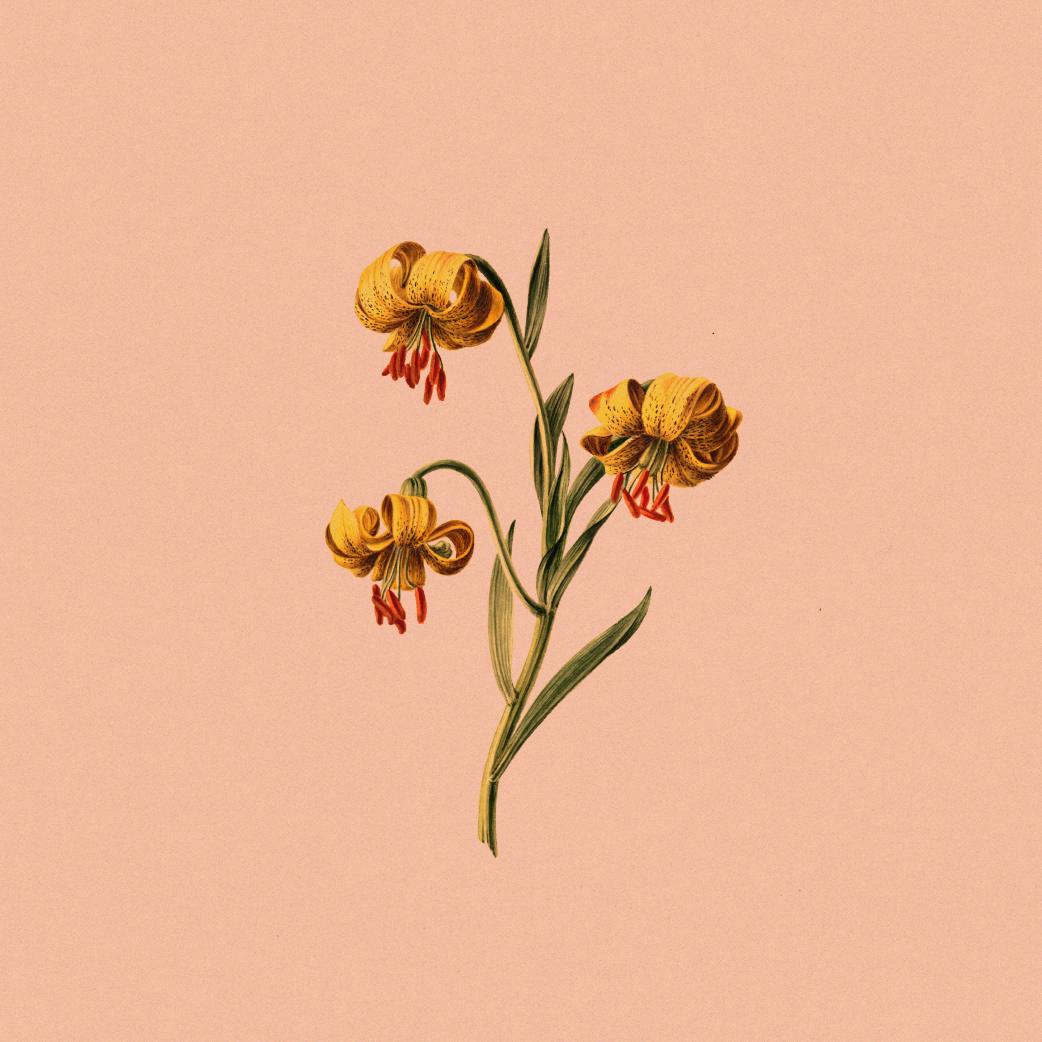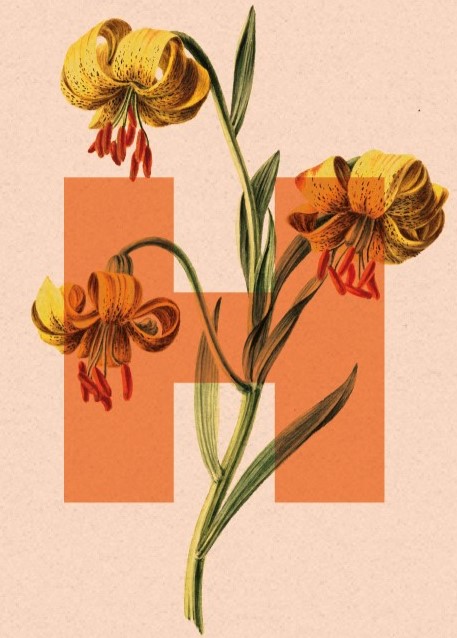
Herbaria.
Plant variety in literature, linguistics and philology
Graduate conference
Padua, 18-19 May 2023
A seed hidden in the heart
Welsh proverb
of an apple is an orchard invisible
The 2023 graduate conference organised by the students of the XXXVI PhD Programme in Linguistic, Philological and Literary Sciences at the University of Padua is devoted to the ways whereby plants are known and mentioned in literature, linguistics and philology. Interaction with vegetation is paramount in any culture, at any time in history. Flora is the generating principle that made life on Earth possible. It sketches the landscape, even when it is excluded from it. It is not a mere frame in which anything else is inscribed, but rather a resource, a tool, a symbol: the relationship between humankind and plants has been constant, profound and complex – yet we now “speak of them as we cannot remember their names any longer” (Coccia 2018).
In Western culture, it was the Peripatetic School (fourth century BC), which first acknowledged the scientific nature of the study of plants. The study of herbs, trees and flowers was thus included in a broader investigation on anything natural: from the meticulous description of all living beings to the reflection on the mysteries of the cosmos. Beyond the observation of plant physiology, the first and perhaps most intuitive approach to botanical knowledge is acknowledging its kaleidoscopic variety. Across the centuries, the late-antique herbaria have been translated, commented on, amended and sometimes also provided with sumptuous illustrations. Scientific and popular knowledge proved to be closely intermingled in the study of botanical elements. Plants were thus studied not only from a philosophical and biological
perspective, but also by virtue of their magical-mythological associations, as well as of their everyday uses.
This great reservoir of knowledge is reshaped, amplified and revived in literary works. The elm in Virgil and Catullus, in Nievo and Vittorio Sereni; the pear tree in Hölderlin and later in Zanzotto, the hawthorn in medieval literature are just a few examples of the ubiquity of botanical elements in literature. Nevertheless, this pervasiveness should not be solely intended as referring to specific plants, but rather involving entire botanical environments either real or fictional, such as Sannazzaro’s Arcadia, Rigoni Stern’s Arboreto Salvatico or even the plant lists of the post-atomic environment by Antoine Volodine. Talking about plants is often at the heart of an author’s poetic or narrative system. The reference to a specific plant can fulfil a desire for realism, designate an affective memorial reference, acquire figurative values or act as a senhal evoking a literary tradition. It is also crucial to investigate the evolving interaction between humankind and nature: the name of a plant can currently carry problematic traits as well as an “ecological code that emphasises the precariousness of nature” (Scaffai 2019).
Over the past few decades, the ecocritical approach to literature has uncovered ecological tensions and environmental concerns. The emphasis on nonhuman elements has allowed the sketching of alternative non-anthropocentric frameworks of knowledge. In literature and films, plants have often been depicted as mysterious, if not disturbing, due to their alterity. In contemporary literature the non-human world returns (for instance, in horror and science-fiction) as a means to highlight social and anthropological fears as well as some sort of repressed collective ecology. Flora can thus become the means whereby the otherness can be explored, thus possibly problematising the pillars on which the concept of “human” has been built over the centuries.
A further perspective of the contemporary human relationship with plants can be detected in the increasing impoverishment of botanical lexicon. The disappearance of this lexicon in minority languages and dialects implies the disintegration of a cultural heritage ranging from folk medicine to material culture. The deculturation triggered by ecological and social issues ultimately undermines the relation between humankind and nature.
The conference welcomes proposals submitted in Italian and English. Topics include (but are not limited to):
Literary studies
• Figurative discourse: plants used in symbolic, metaphorical, metonymic and allegorical discourse, in either literary works or critical studies. Phytonyms and mythology.
• Style and tradition: stylistic and lexical features related to plant names. Intertextual and cross-references triggered by the botanical lexicon.
• Anthropic interaction: literary works focusing on the relationship between humankind and plants or the intermingling of botanical and literary codes, as in the travel literature of the Later Middle Ages. Description of new worlds and new plants. Eco-critical approaches to the representation of plants as non-human alterity.
Linguistic studies
• Lexicography: projects for the study and preservation of botanical lexicon, especially in italo-Romance and minority languages, as well as in the context of linguistic revitalisation. • Language and environment: ecolinguistic studies on the relationship between biological and linguistic diversity; language impoverishment and death related to the destruction of ecosystems.
• Language and cognition: phytonyms as manifestations of the relationship between general cognitive phenomena and language; the role of semantic or categorial features and etymology in defining the relationship between the perception of reality and its semantic organisation; studies in cognitive and educational linguistics.
• Linguistic contact: phytonyms in synchronic and diachronic phenomena of linguistic contact, such as borrowings or traces of linguistic substrata/adstrata; phytonyms in multi- or plurilingual environments.
Philological studies
• Transmission, circulation and reception of herbaria, botanical texts, literary works in which plants are pervasive. Investigations into textual loci involving plants, with particular attention to their role in determining the relationship between manuscripts.
• Textual history and editorial problems of botanical texts. Te visual representations of the natural element within a manuscript tradition.
• Dissemination of botanical knowledge: study of sources and intertextual relationships. Emphasis on botanical elements in manuscript tradition, textual exegesis in scholastic and lexicographic production.
How to submit
Proposals in PDF format for 20-minute individual papers can be sent at convegnoherbaria.disll@gmail.com. Proposals should include an abstract of no more than 350 words, a short reference bibliography (maximum 5 titles) and a biobibliographical note of no more than 200 words. The deadline for submitting proposals is 15 December 2022. Notification of acceptance will be sent by the Scientifc Committee by 31 January 2023. The request for participation implies the commitment to attend the conference. Travel and accommodation expenses are at the participants’ charge. The conference will be held at the Department of Linguistic and Literary Studies (DISLL) of the University of Padua from 18 to 19 May 2023.
Participation in the conference also involves a visit to the Botanical Garden of the University of Padua. A publication of the conference proceedings is also planned.
Any general questions regarding the conference can be addressed to: convegnoherbaria.disll@gmail.com.
